Access to mental health services in Australia has been a growing topic of concern, with many Australians facing significant financial barriers to getting the help they need. Despite various government initiatives to make mental health care more affordable, the reality for many is that these measures fall short, leaving countless individuals without adequate support.
What’s Currently Offered?
The Australian Government’s Better Access initiative provides Medicare-subsidised sessions with mental health professionals, such as psychologists, counsellors, and social workers. Eligible individuals can access up to 10 subsidised sessions per calendar year.
However, as of recent updates, these subsidised sessions have been reduced to 6 per year at a lower out-of-pocket cost. Beyond these 6 sessions, individuals are required to pay the full price, which can range between $120 and $300 per session, depending on the practitioner and location.
The Financial Burden
While the government subsidy reduces the immediate financial strain, even the discounted sessions come with a gap fee—an additional cost not covered by Medicare. For many Australians, especially those already struggling with the rising cost of living, this gap fee can be a significant burden. According to recent reports:
The average gap fee for a single session ranges between $30 and $100.
For individuals on low incomes or government benefits, even these "reduced" costs can be prohibitive.
Once the initial 6 sessions are used, paying full price for further sessions becomes nearly impossible for many, effectively cutting off their access to care.
The Cost-of-Living Crisis
The cost of living in Australia has skyrocketed, with inflation affecting essentials such as rent, groceries, and utilities. For families and individuals already stretched thin, prioritising mental health care—even at a "discounted" rate—often takes a backseat to basic survival needs. This raises an important question:
Who can even afford these supposedly "low-cost" services in today’s economic climate?
When the initial 6 subsidised sessions run out, the transition to full-priced care creates an accessibility gap. Those who need ongoing support are forced to choose between financial stability and mental health care—a choice no one should have to make.
Questioning the System’s Validity
The government’s initiatives, while well-intentioned, fail to address the realities of affordability for the average Australian. For instance:
Why are there no scalable subsidies based on income to ensure that those who need help the most can access it?
Why hasn’t there been a push for increased funding for mental health services to reduce the gap fee entirely?
What happens to those who need long-term care but cannot afford even the subsidised rates?
A Call for Change
The current model—offering a limited number of subsidised sessions—is not enough. Mental health challenges often require consistent, long-term care, not a short-term fix. For true accessibility, Australia needs:
Expanded Subsidised Sessions: Increase the number of subsidised sessions available per year to reflect the realities of mental health treatment.
Income-Based Subsidies: Implement a sliding scale that adjusts the cost of care based on an individual’s financial situation.
Increased Funding for Mental Health Services: Allocate more government resources to cover gap fees and support mental health professionals in offering affordable care.
Mental health is not a luxury; it’s a necessity. Yet, the current system continues to price out the very people who need it most. As Australians, we must push for systemic change that prioritises accessibility and affordability. It’s time to challenge the status quo and ensure that no one is left behind in their pursuit of mental well-being.
Many larger organisations receive significant funding each year while also seeking public donations.
Could we not channel some of those resources into creating programs that offer free group therapy?
With the collective power of these funds, we could drive accessibility for those in need and address the growing mental health crisis in a meaningful way.












